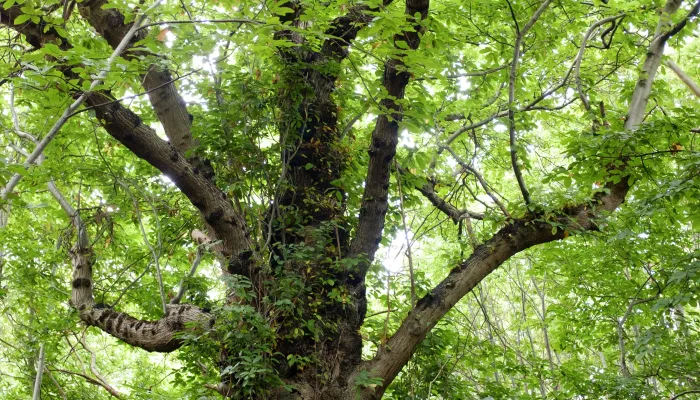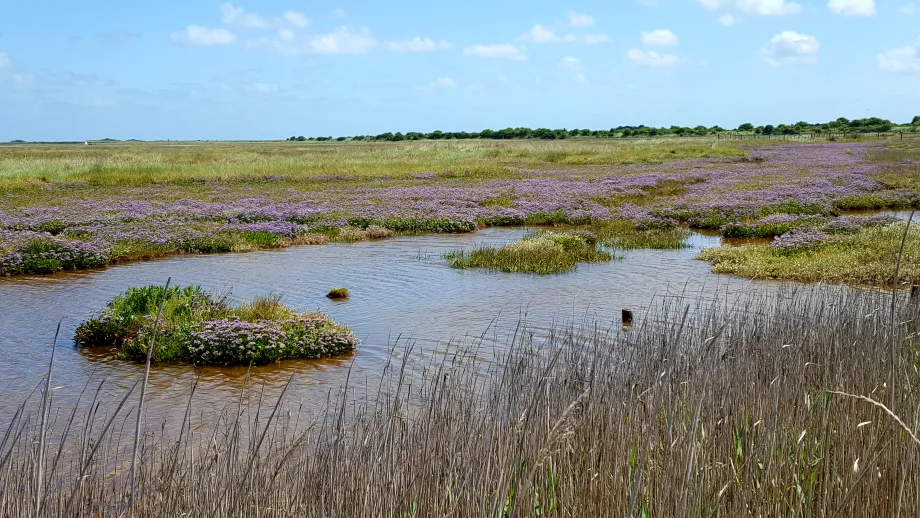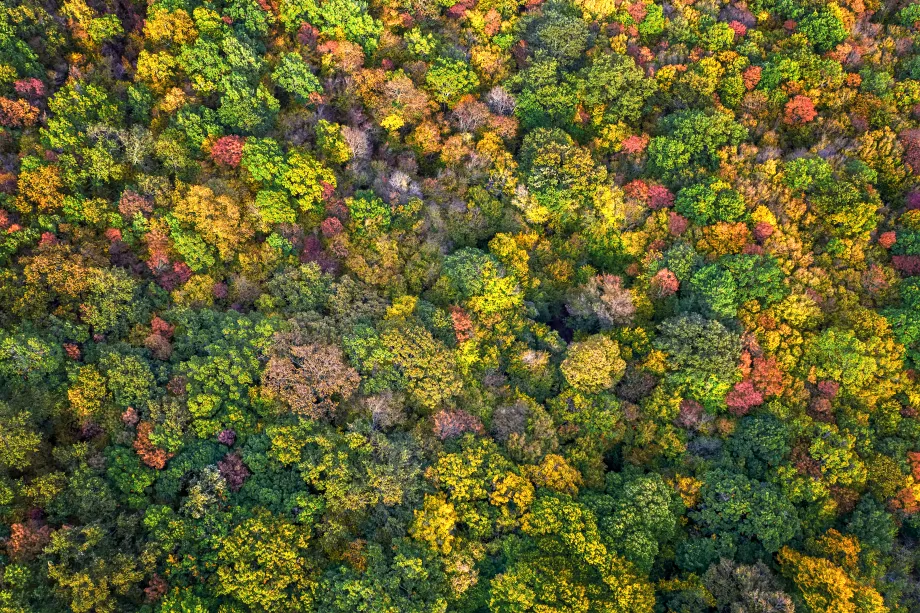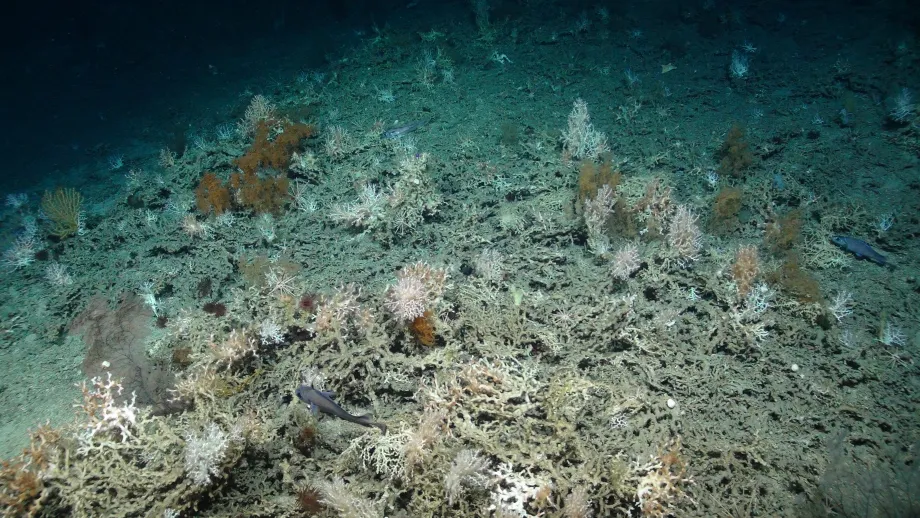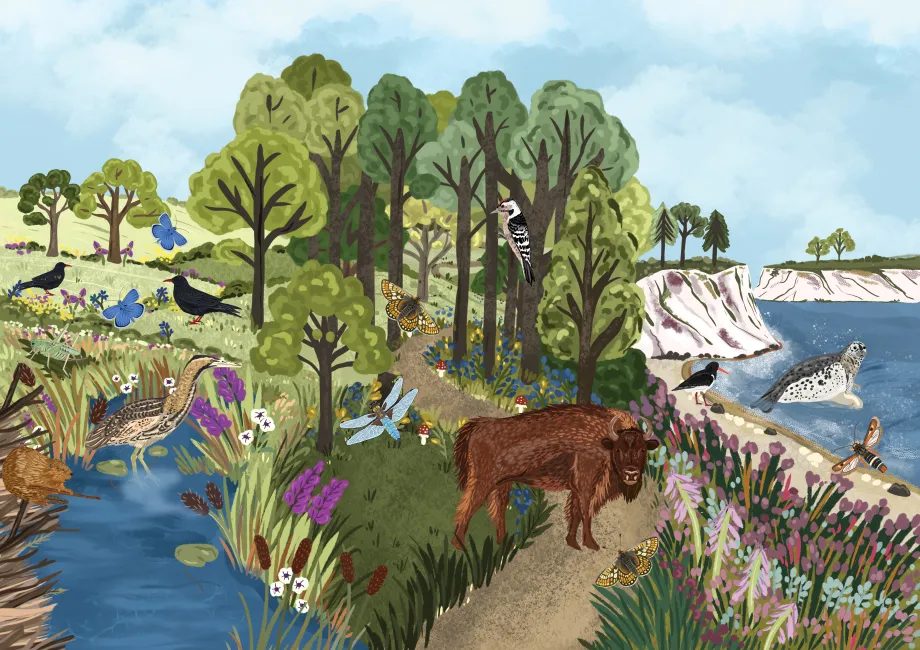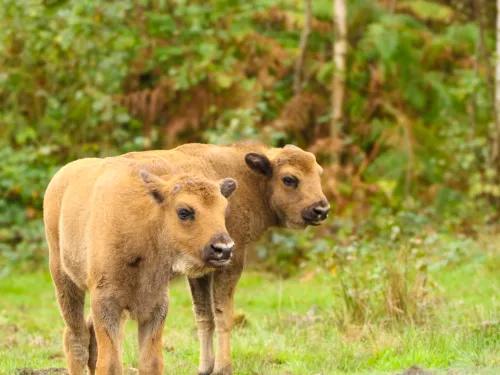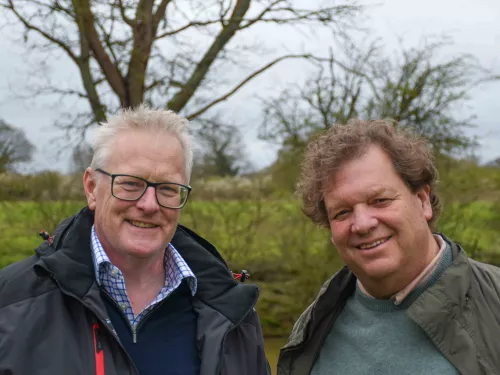Nature can absorb carbon, but not fast enough to keep up with our emissions. That’s why scientists and engineers are developing technological solutions to help. Although innovative and pioneering technologies are promising, they’re expensive and still being scaled. That's why helping nature do its job better - through wilding, regenerative farming, and habitat restoration - is the most immediate and cost-effective solution.
Why is carbon sequestration important?
Carbon dioxide is one of the main greenhouse gases driving climate change. When we burn fossil fuels, we release CO₂ into the atmosphere, which disrupts the natural balance and causes the planet to heat up faster than it should.
By increasing the amount of carbon we can capture and store, we can help offset some of the damage, especially while we work on reducing emissions at the source. It’s not just about climate. It’s about protecting ecosystems, improving air and water quality, and supporting human health.
So, when you hear people say, “we’re running out of time,” it means that the window to prevent the worst impacts of climate change is rapidly closing. The most immediate and effective solution is to rebuild nature, and we need to act now before critical tipping points are crossed.


